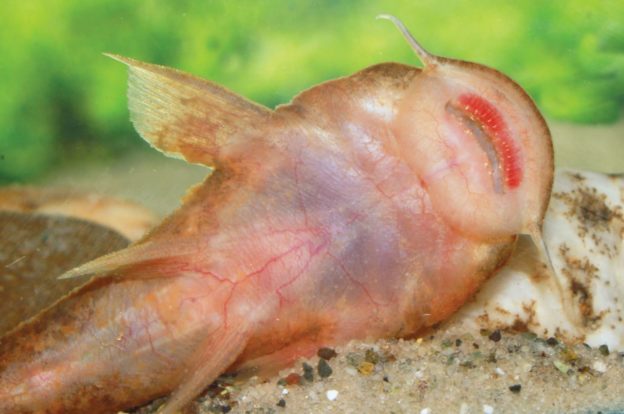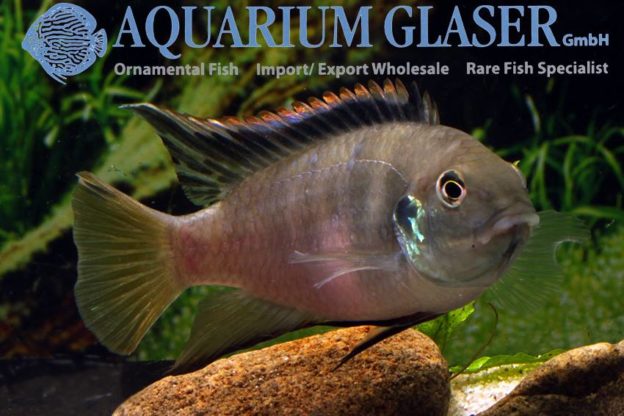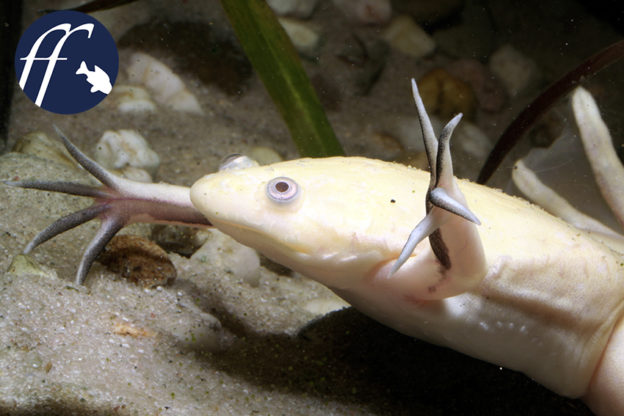
Read the full article...



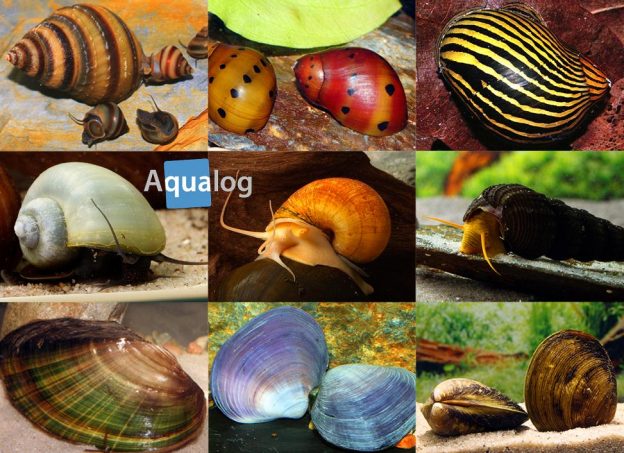
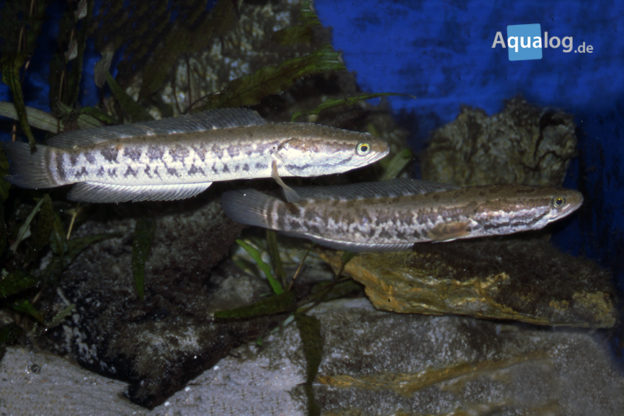
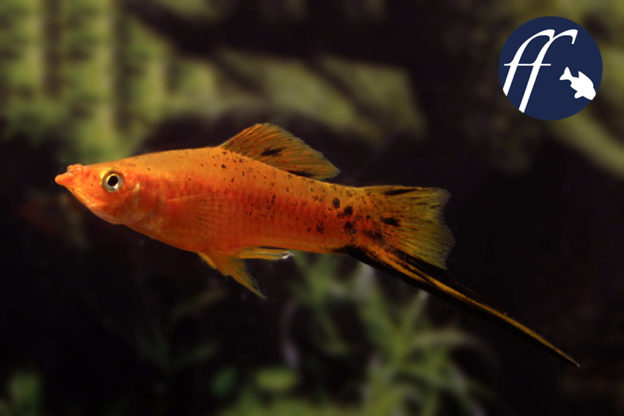
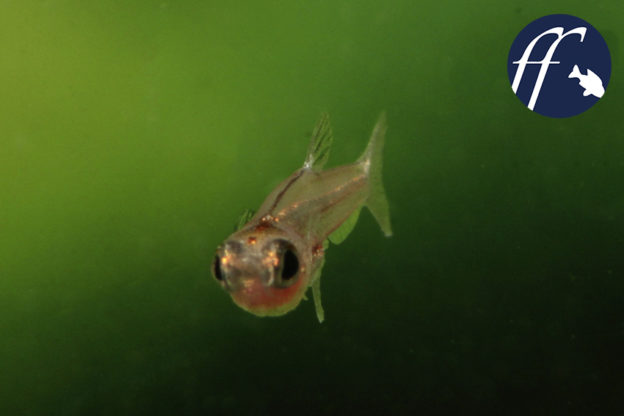
The smallest fishes in the world are the dwarf cyprinids of the genus Paedocypris. There are three scientifically described species of these dwarfs: two from Borneo and one from Sumatra and an offshore island. They are Paedocypris carbunculus (Kalimantan Tengah, Borneo), P. micromegethes (Sarawak, Borneo), and P. progenetica (Sumatra and Bintan). Following their discovery during the 1990s it was thought that they might even be the smallest vertebrates of all, but that honor currently belongs to the fro
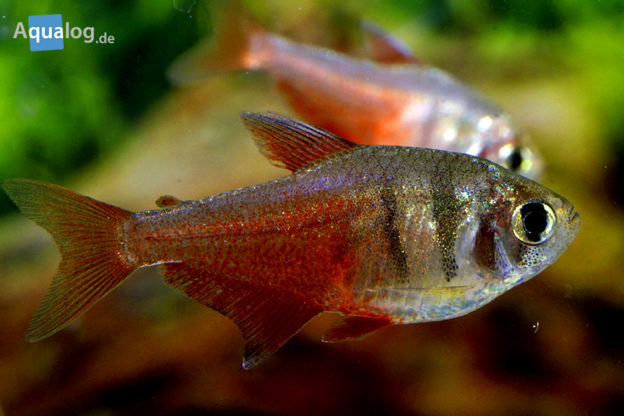
In spring people are drawn to the open air. Regardless of whether they own a garden or just a balcony, at this time of year aquarists often wonder whether and which of their fishes could be kept outside for a while.
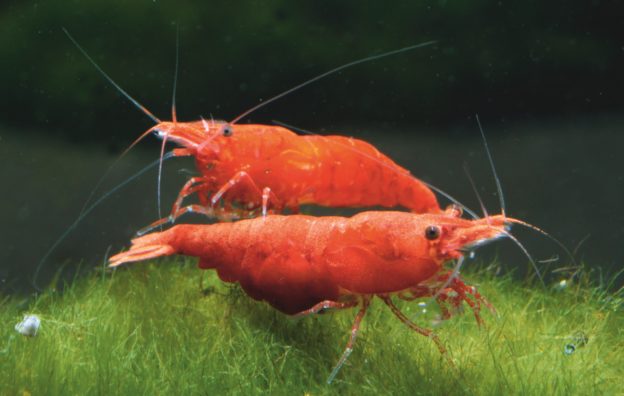
Dwarf shrimps of the genera Caridina and Neocaridina are the all the rage in the 21st century aquarium hobby. When Uwe Werner published the very first book on the subject in 1998, Shrimps, crayfishes, and crabs in the freshwater aquarium (Aqualog), a few species were already known in the hobby. But it was virtually impossible to get reliable information on the little creatures imported more or less universally as bee or bumblebee shrimps.
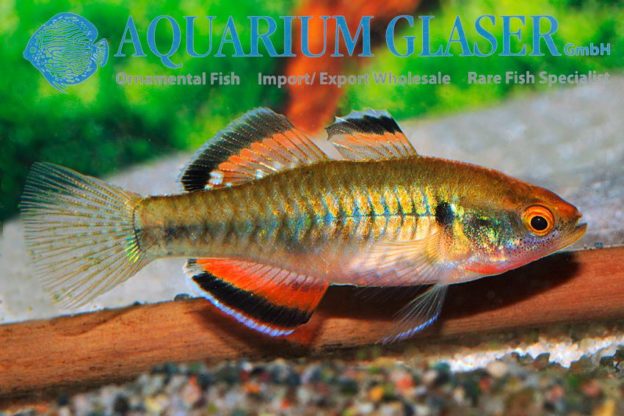
As each month we present the most popular fish imports sponsored by Aquarium Glaser!
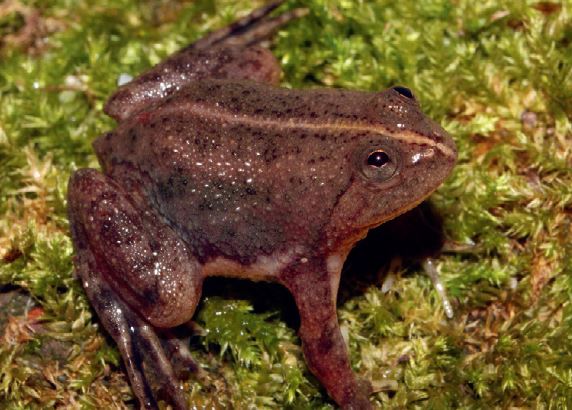
The maintenance of many aquatic frogs is largely something for dedicated animal enthusiasts who are prepared largely to overlook the fact that decorative planting of the aqua-terrarium is not entirely compatible with their pets. As the vast majority of aquatic frogs, that is frogs that live year-round in the immediate vicinity of water, grow to significantly more than 5 cm long. So delicate plants don’t stand much of a chance in the long term… But for a while now there has been a little frog on the market that grows to only around 3.5-4 cm long and is perfectly suited to the attractively planted aqua-terrarium: the Green Puddle Frog, Occidozyga lima.
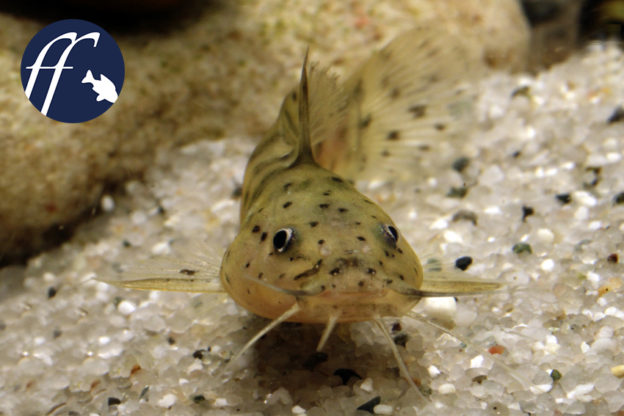
The majority of the roughly 33,400 fish species currently known to science have never yet been maintained in the aquarium. Little more is known of them than that they exist. And even that often isn’t certain, as in the course of the centuries – as is well known, our modern zoology started in 1758 with the 10th edition of Carl von Linné’s book Systema naturae (= The System of Nature) and Linné still believed in the original creation by God and the immutability of species – our view as to what actually constitutes a species has undergone frequent and fundamental changes.
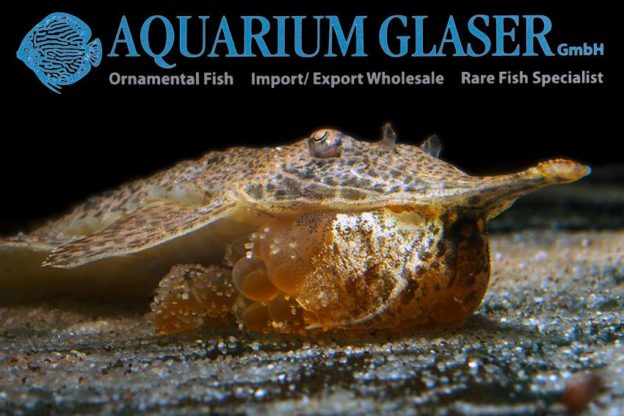
As each month we present the most popular fish imports sponsored by Aquarium Glaser!
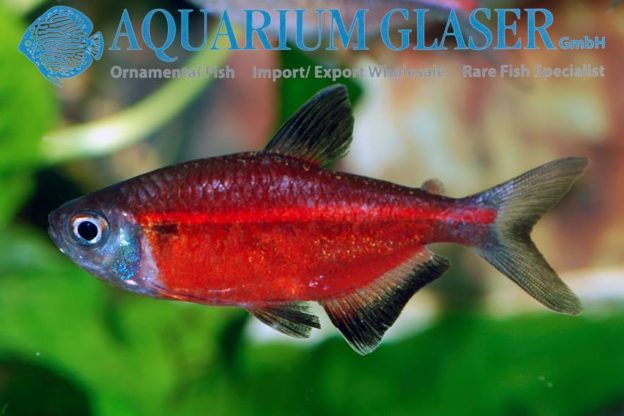
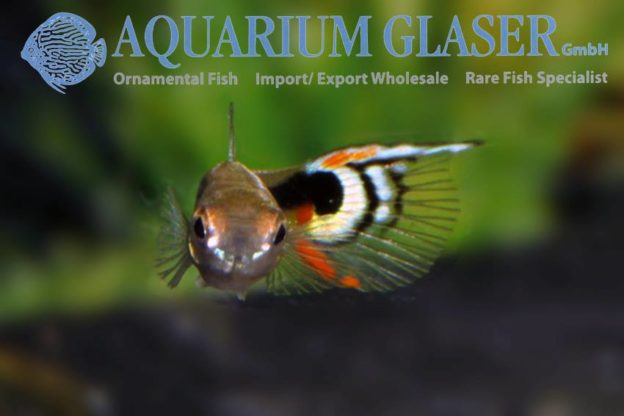
As each month we present the most popular fish imports sponsored by Aquarium Glaser!
